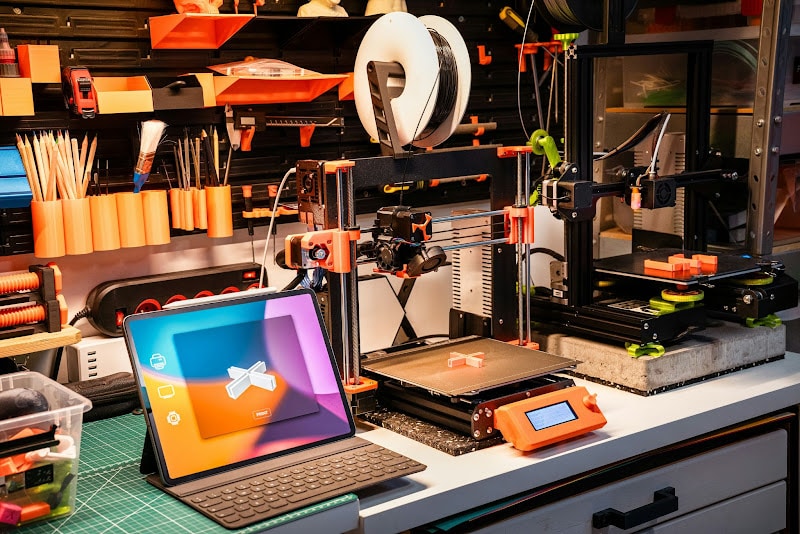Table of Contents
In recent years, the convergence of artificial intelligence (AI) and 3D printing has opened up innovative ways to create complex designs quickly and efficiently. Today’s AI tools are not just streamlining production—they’re also enabling designs that might never have been conceived by human designers alone. In this article, we explore how AI is now capable of designing 3D models specifically for 3D printing, and we highlight a few tools that are making a difference.
AI-Driven 3D Model Generation
AI-driven design involves using algorithms that can convert 2D images or textual prompts into intricate 3D models. Many platforms now allow users to Generate AI Images Fast, transforming visual ideas into digital assets with minimal effort. This process reduces the need for extensive manual CAD work, allowing both professionals and non-experts to produce print-ready models quickly. Instead of relying solely on traditional design methods, AI can iterate over numerous design alternatives based on specific criteria such as strength, weight, and material efficiency. The result is a model that not only meets functional requirements but often presents a creative twist.
Practical Benefits for 3D Printing
When AI takes the reins in the design phase, several practical benefits emerge:
- Efficiency: Rapid model generation significantly cuts down design time, meaning prototypes and final parts are available sooner.
- Innovation: AI can explore unconventional geometries and optimization techniques, often producing unexpected and creative designs.
- Error Reduction: AI-enhanced workflows include automated error detection and optimization during slicing, which helps reduce failed prints and material waste.
Notable AI Tools in the Industry
Several AI tools are now at the forefront of 3D model design for 3D printing. Here are a few that have shown significant promise:
- CGDream AI:
- What It Does: Converts 2D images into 3D models with a single click.
- Industry Use: Ideal for rapid prototyping and reverse-engineering applications.
- 3D AI Studio:
- What It Does: Offers both image-to-3D and text-to-3D capabilities, allowing users to generate complex models quickly.
- Industry Use: Widely used in gaming, architecture, and consumer product design for its ease of use.
- Alpha3D:
- What It Does: Transforms 2D images or descriptive text into detailed 3D models ready for printing.
- Industry Use: Particularly useful in custom prototyping and design iteration, where speed and precision are essential.
How to Generate 3D Models Using AI
For professionals and hobbyists looking to integrate AI into their 3D printing workflow, the process generally involves these steps:
- Input Preparation:
- Use high-quality images or write clear text prompts to capture the design intent.
- Tool Selection:
- Choose an AI platform (such as those mentioned above) that fits your specific project needs.
- Model Generation:
- Upload your inputs and allow the AI to generate the 3D model.
- Post-Processing:
- Refine the model using 3D software if necessary. Adjust details, add textures, or modify features to better suit printing requirements.
- Print-Ready Output:
- Export the final model in the correct format (such as STL or OBJ) for slicing and 3D printing.
For example, creative studios might start with a concept image, refine it digitally using AI, and then produce 3D print designs powered by AI to quickly iterate prototypes for client feedback or market testing.
Conclusion
AI in 3D model design is making its mark on the world of additive manufacturing by offering faster, more innovative, and more error-resistant design methods. Whether you’re a seasoned engineer or a creative enthusiast, exploring these AI tools can enhance your workflow and even inspire entirely new approaches to design. The answer to whether AI can design for 3D printing is a resounding yes—and it might just surprise you with its creativity and practicality.


